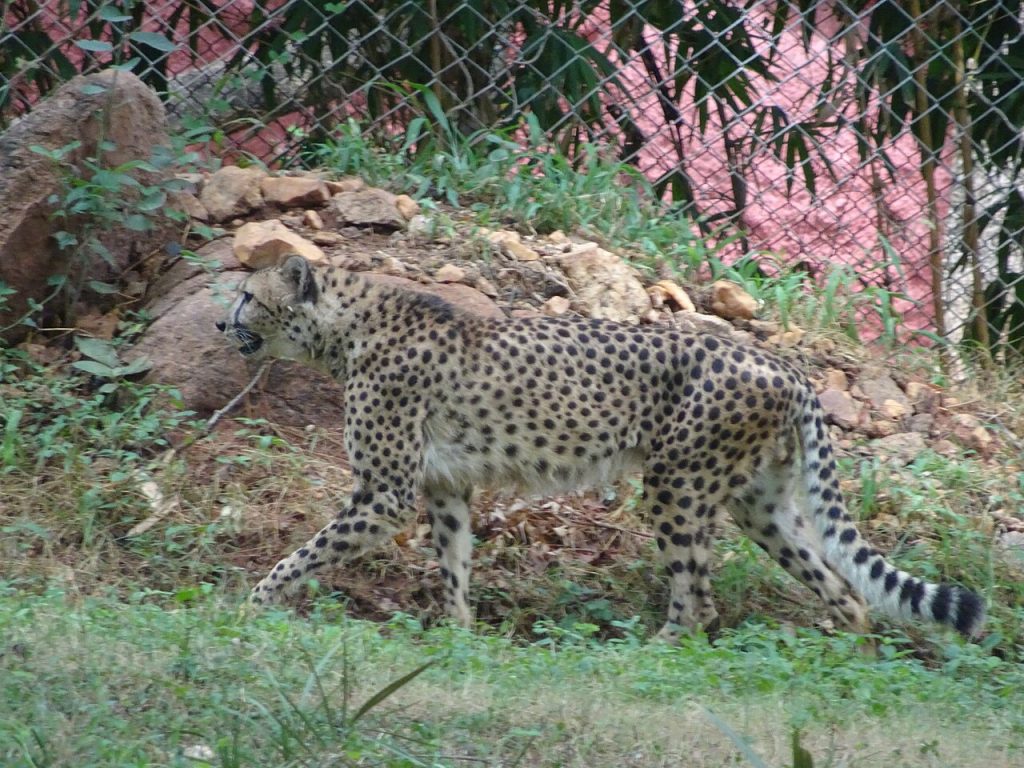The Indian cheetah was lost from India back in 1952. Hosting Tigers, Lions, Leopards, and Snow Leopards within its borders, it was a mark of pride when the cheetah reintroduction was announced. It is certainly true that cheetah once roamed India, and as the only cat to be lost in theory I would agree that it should be returned. However, there are many other issues, not least the fate of surviving Indian wild cat species: Indian lions came close to extinction, and Tiger population fell to about 1% of historical numbers – now up to about 4%, Indian snow leopards are also only thought to number around 4-500.

In other words, there is much concern that any significant amount of conservation money, which might otherwise be used to protect the remaining Indian Lions Tigers and Snow Leopards (as well as Leopards and other smaller cats) will be redirected to reintroduce the Cheetah, and therefore one of these other species will be lost in the process.
What is of bigger concern, while these are not the 3 to have died, only 3 of the 20 cheetah have been fully released into the wild
Continue reading “3 of the 20 Cheetah translocated from South Africa to India have died in recent weeks, does this confirm doubters?”
